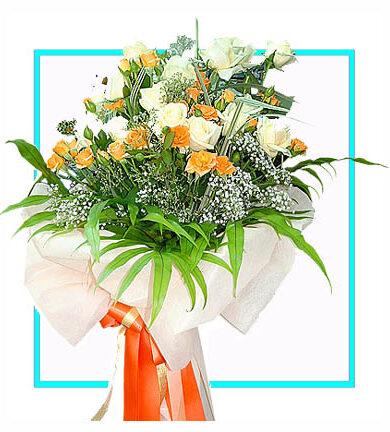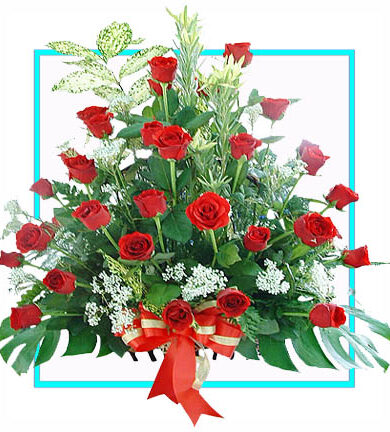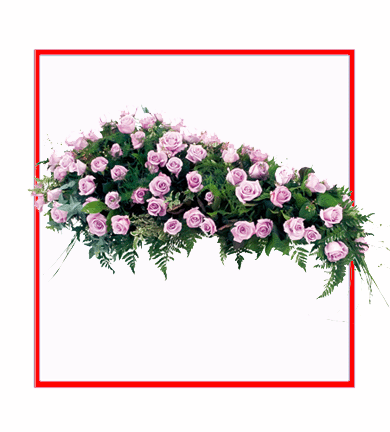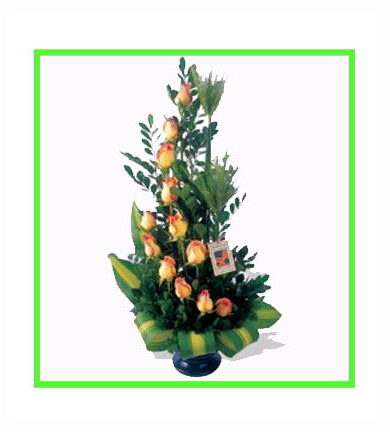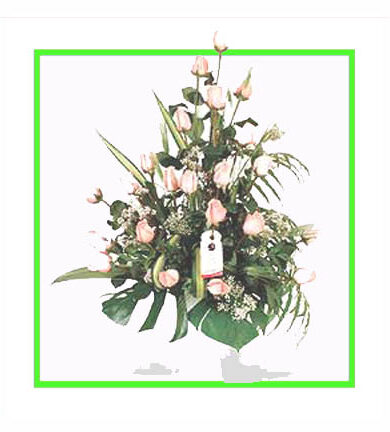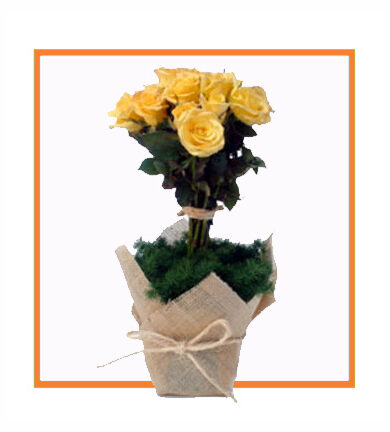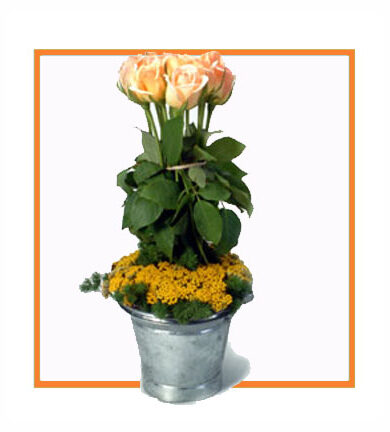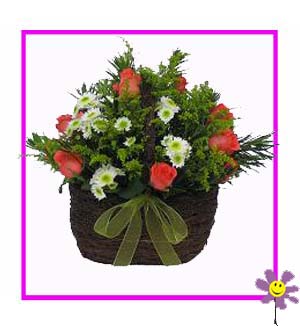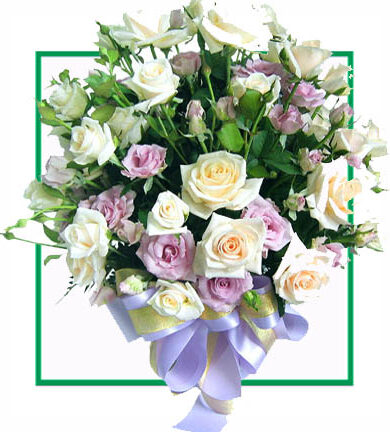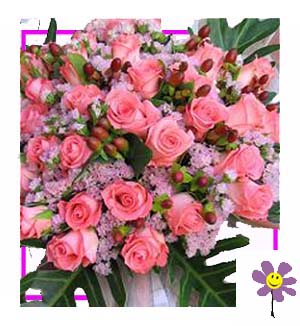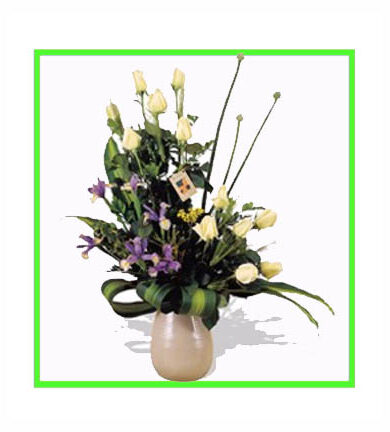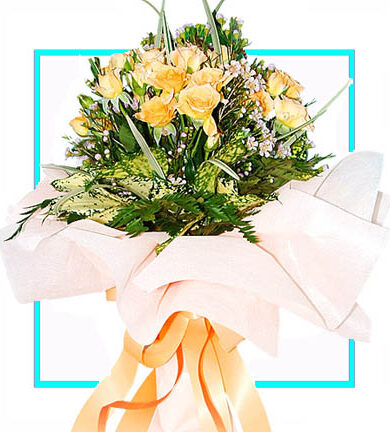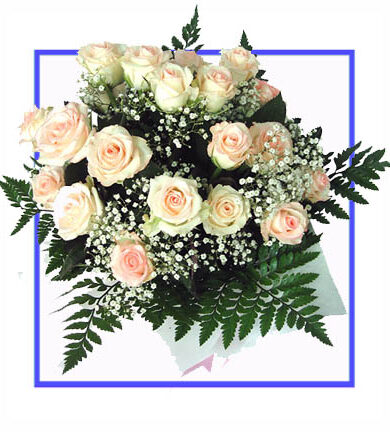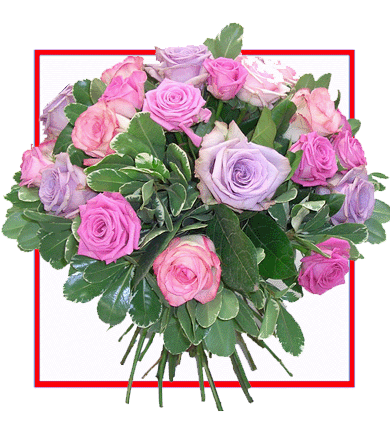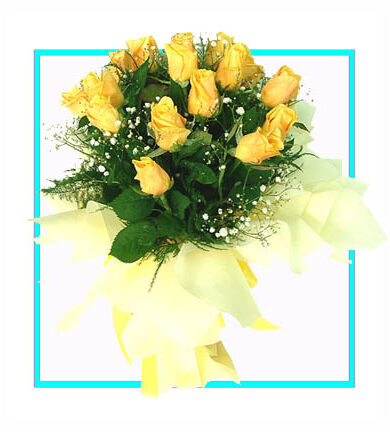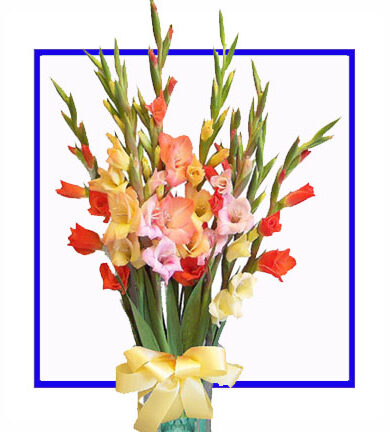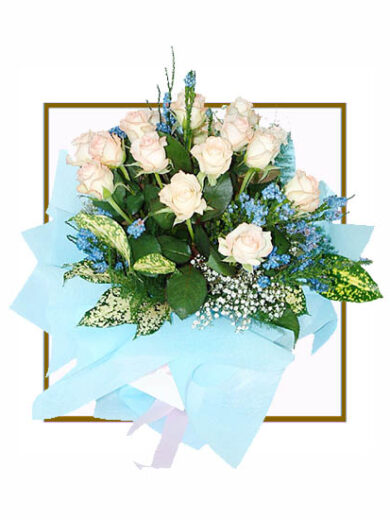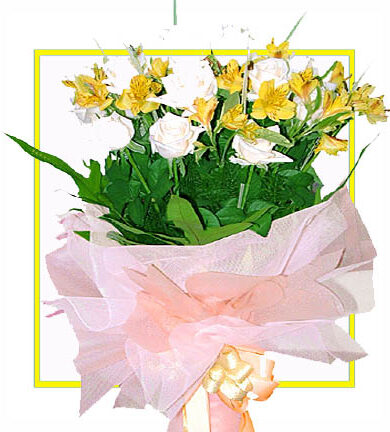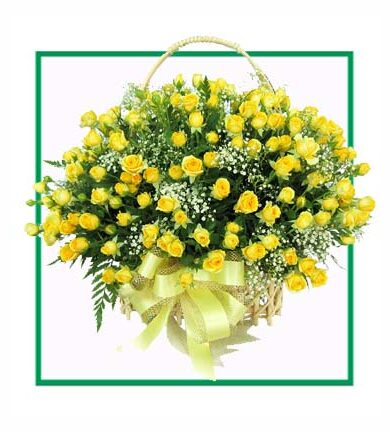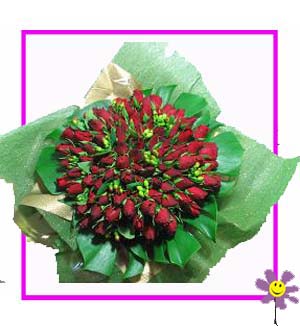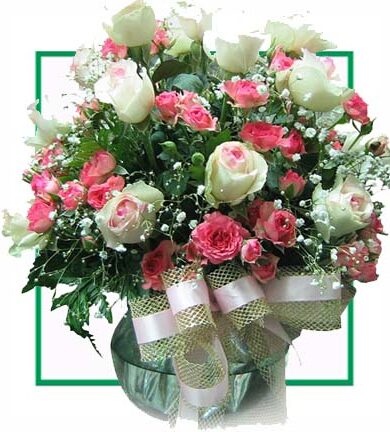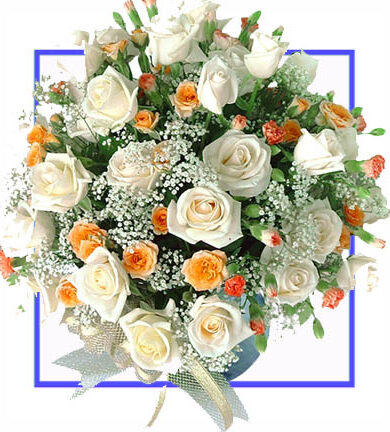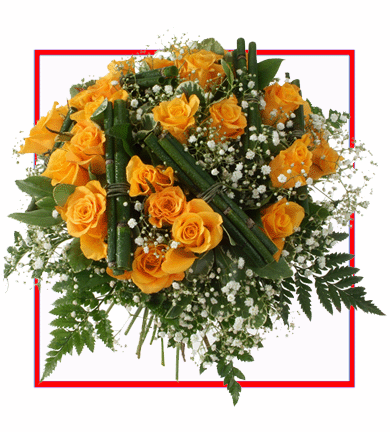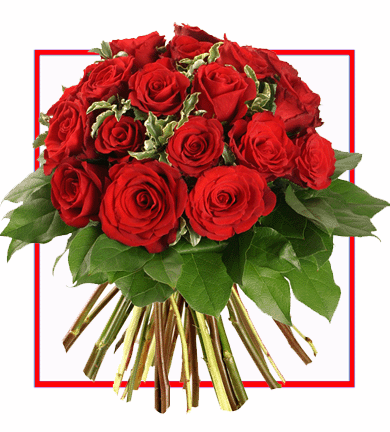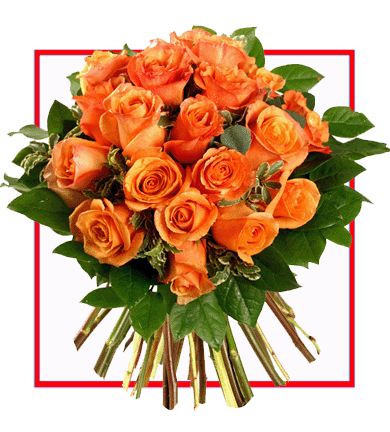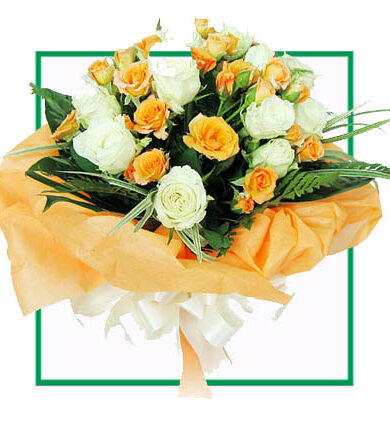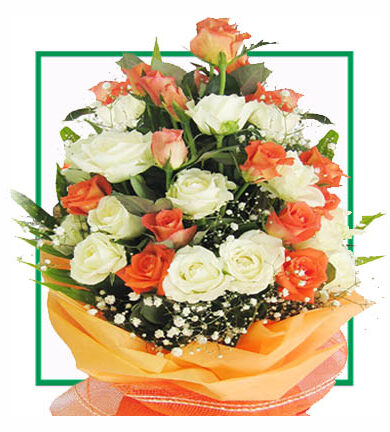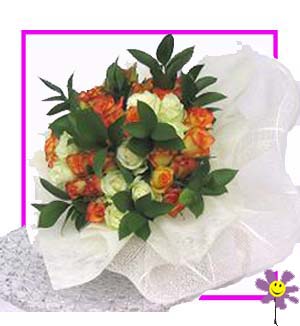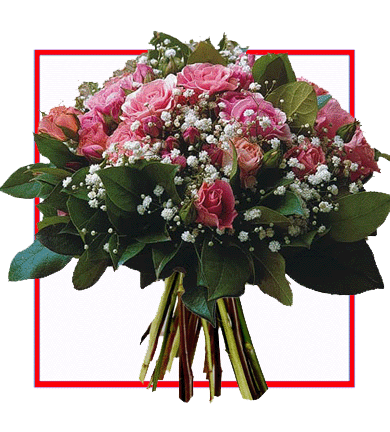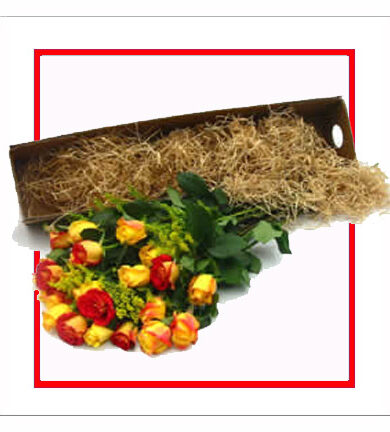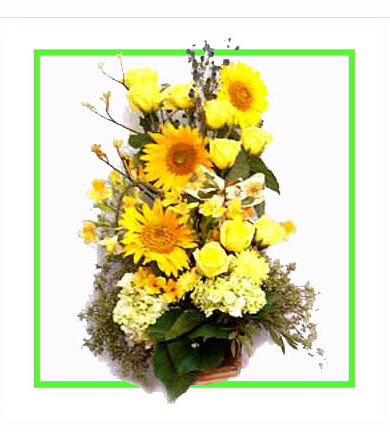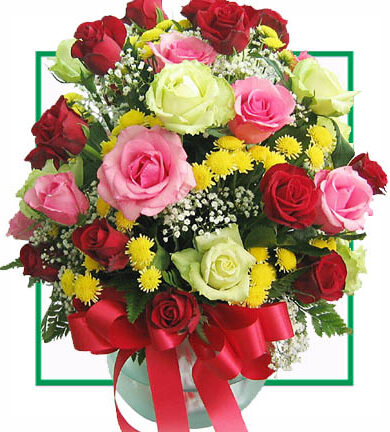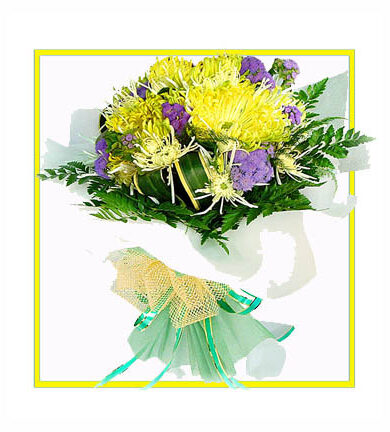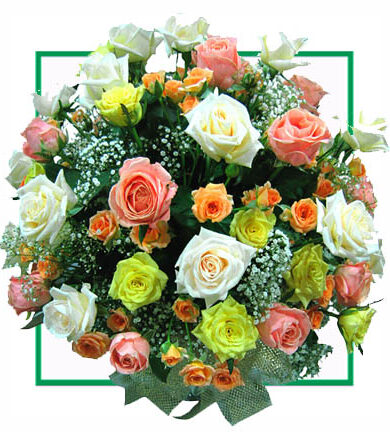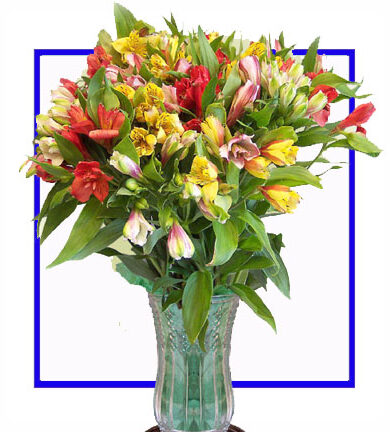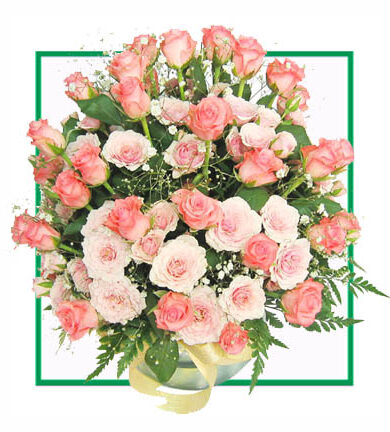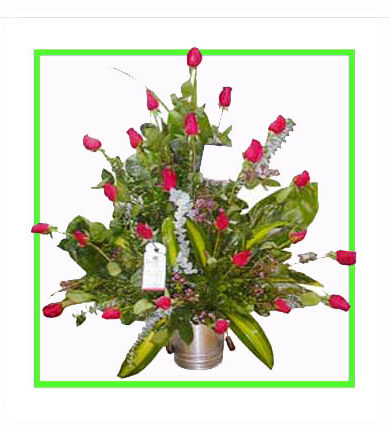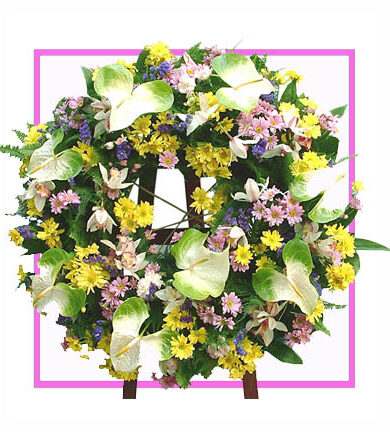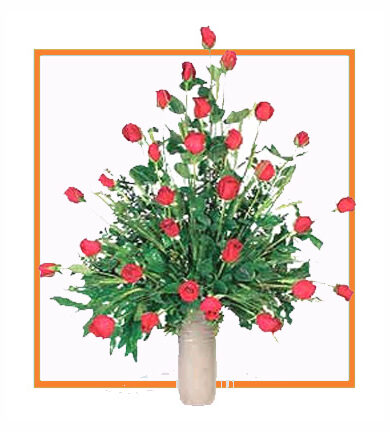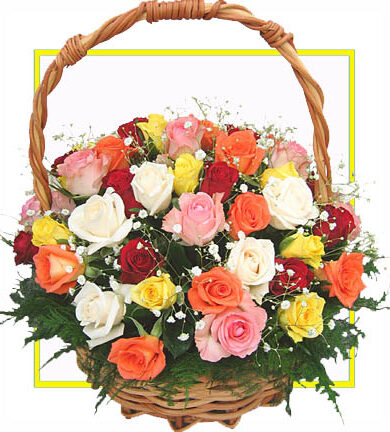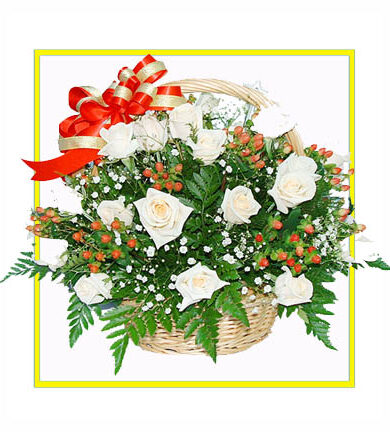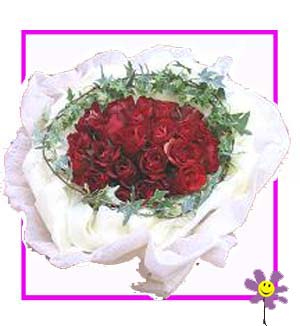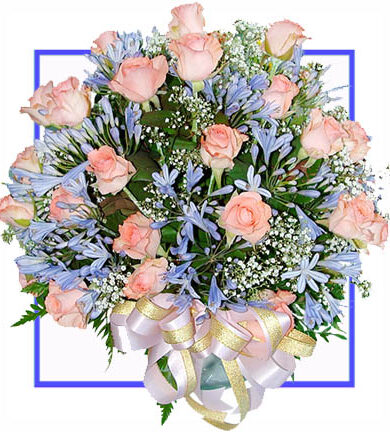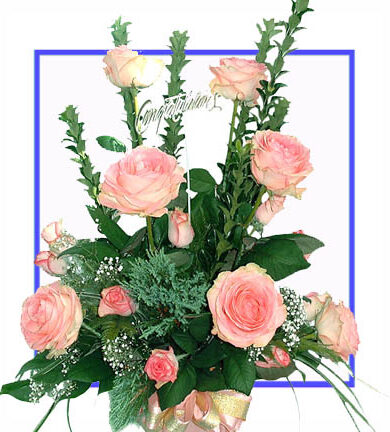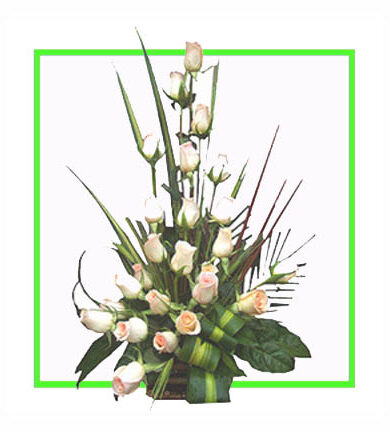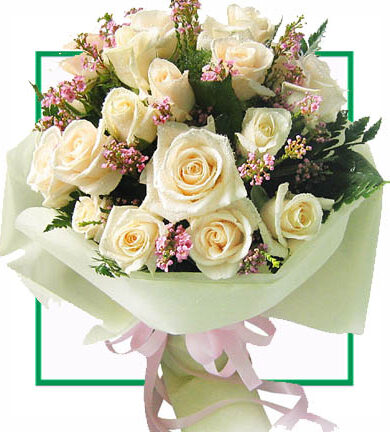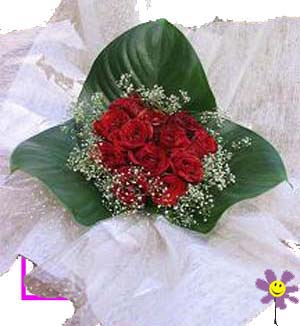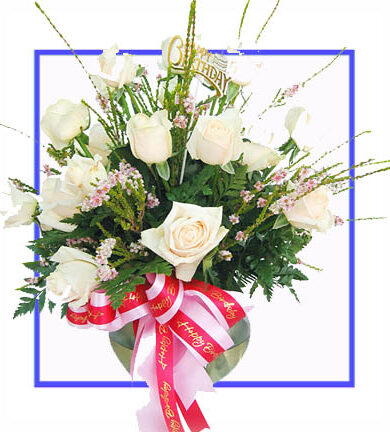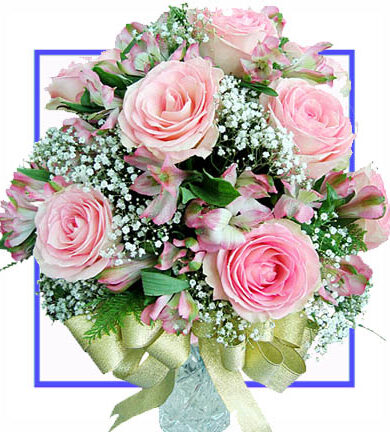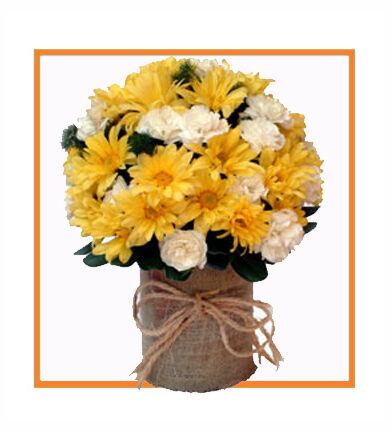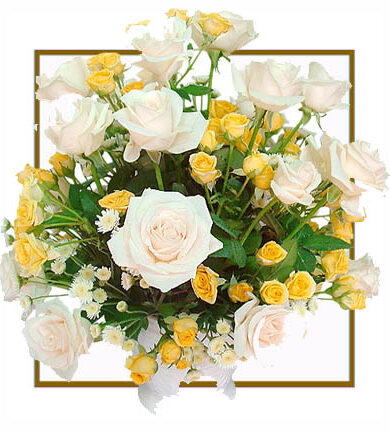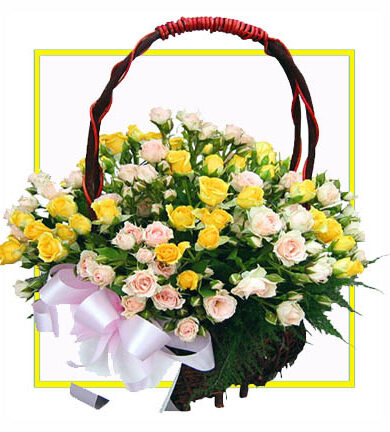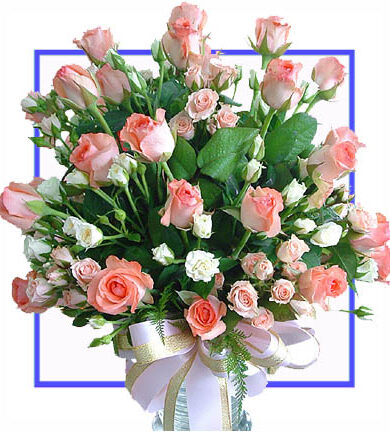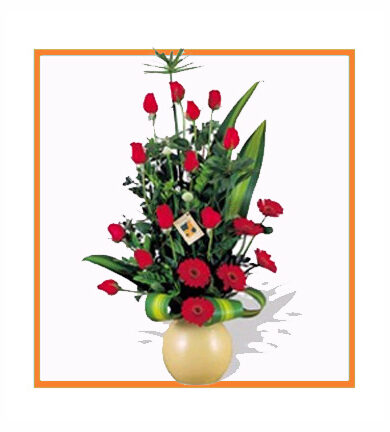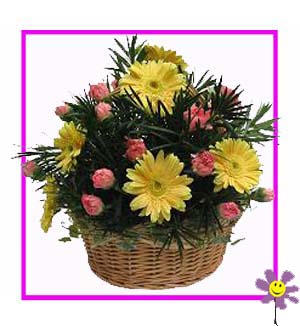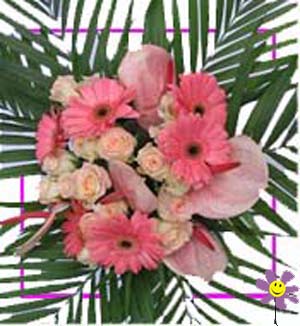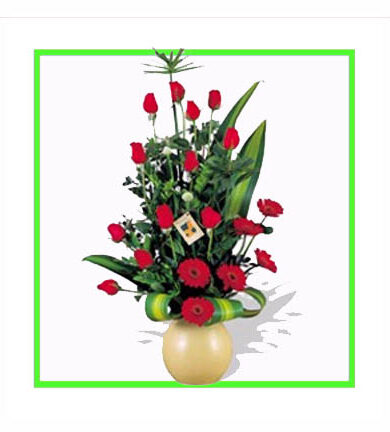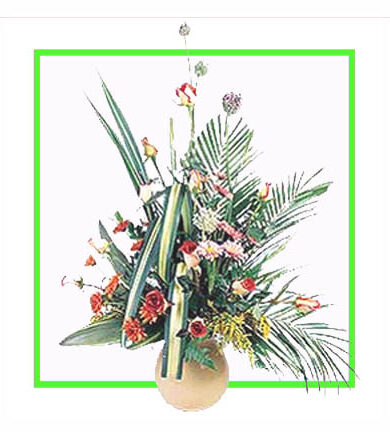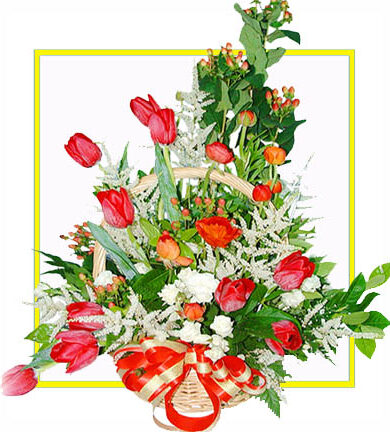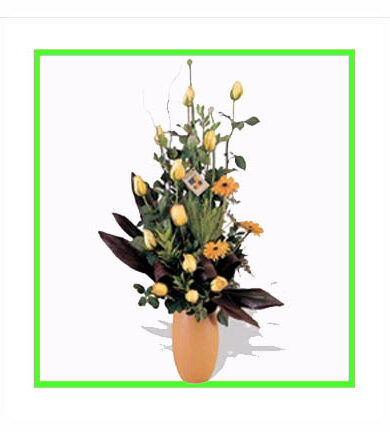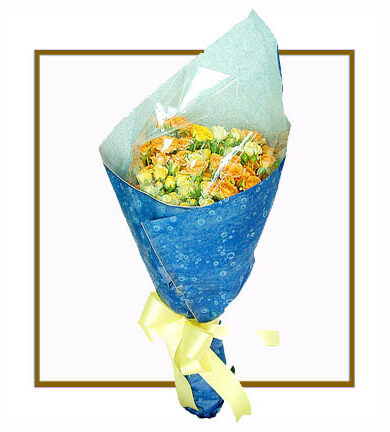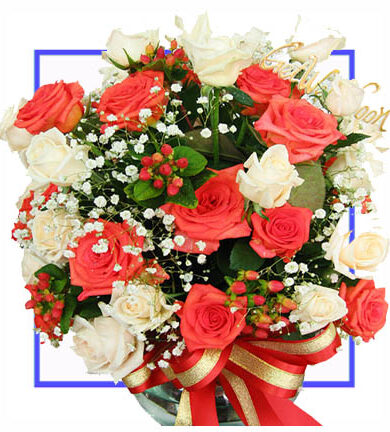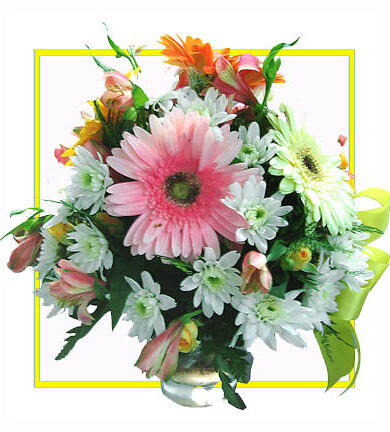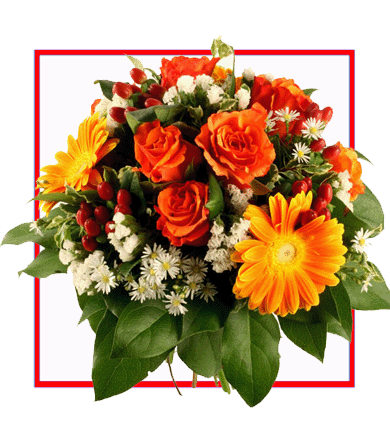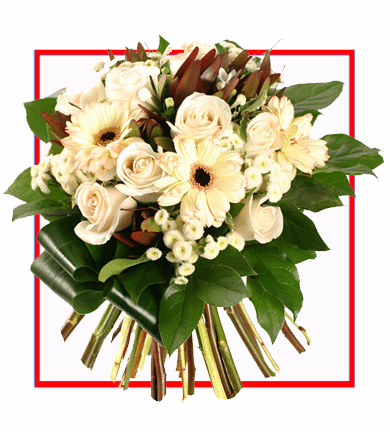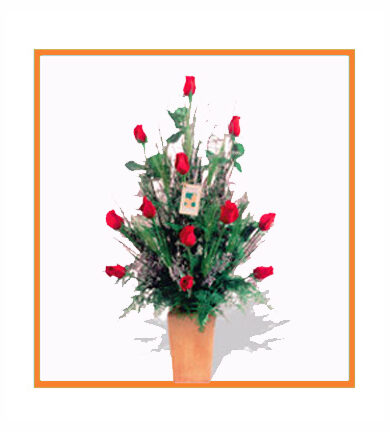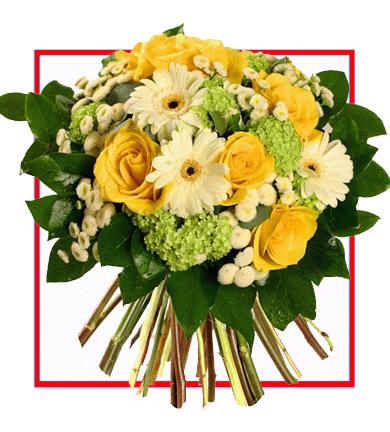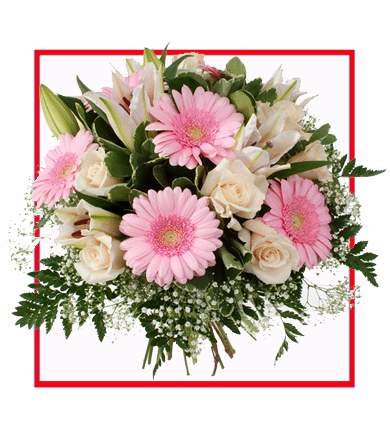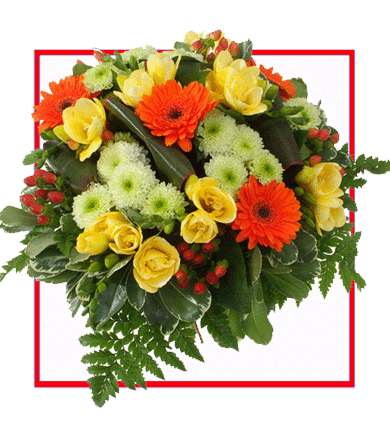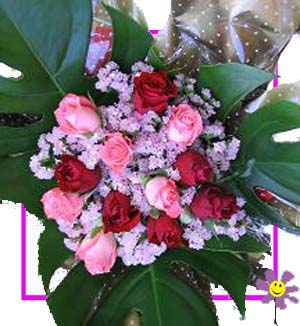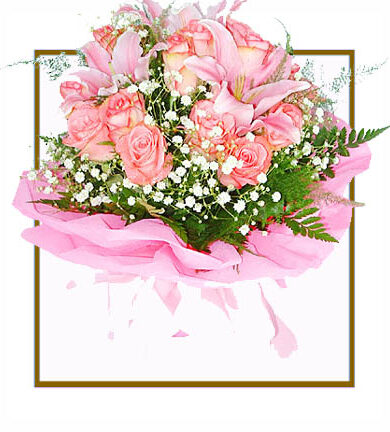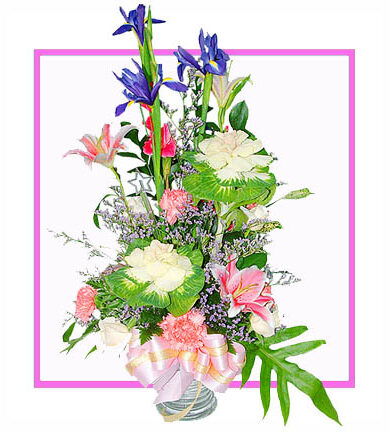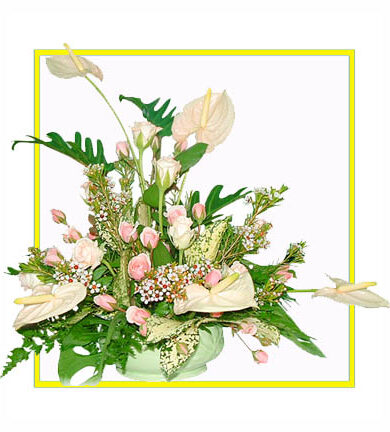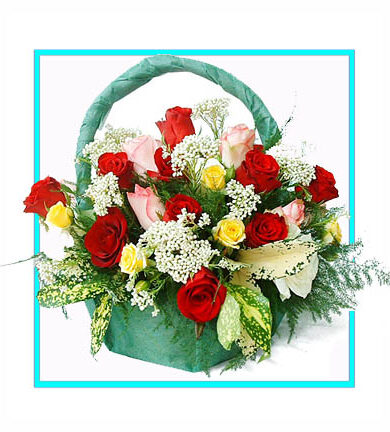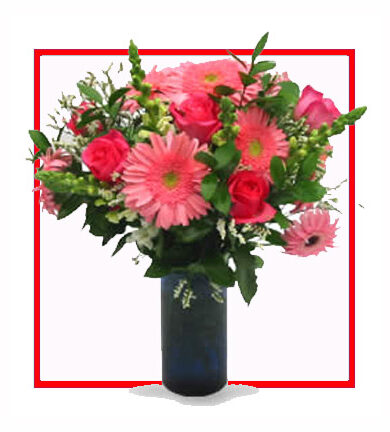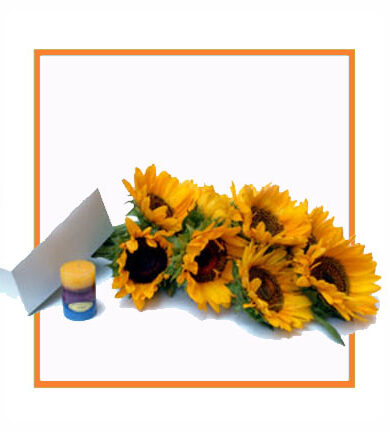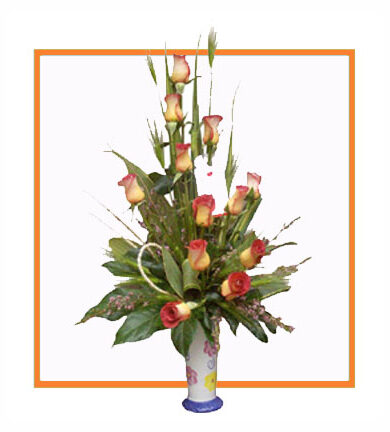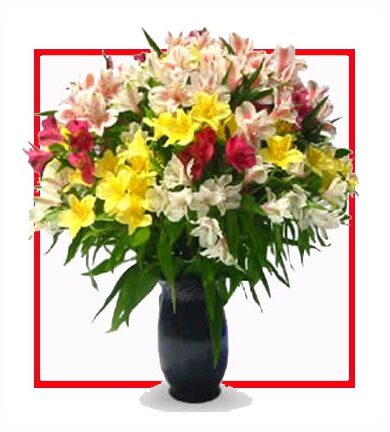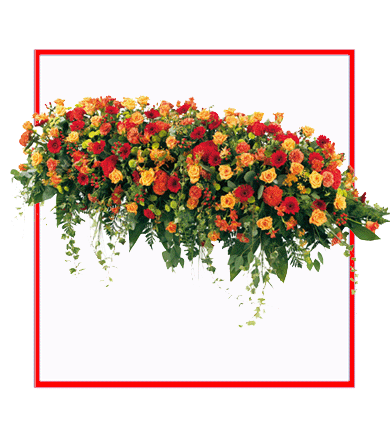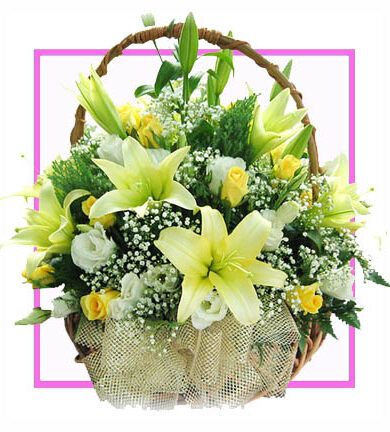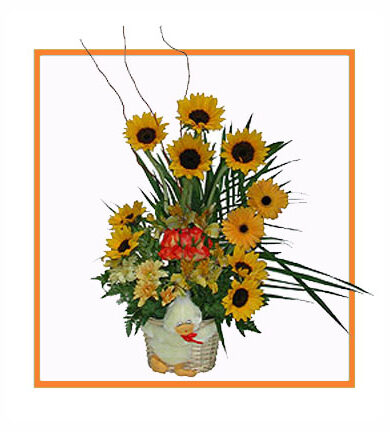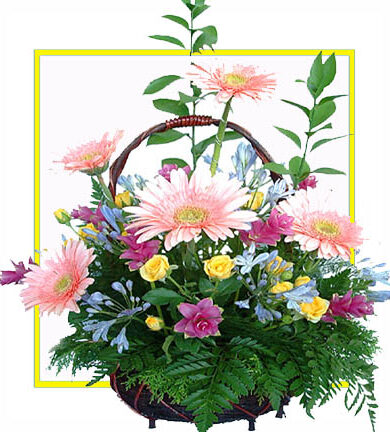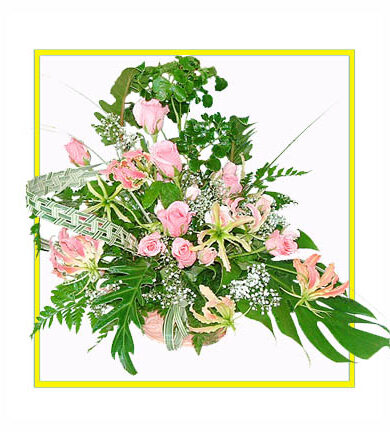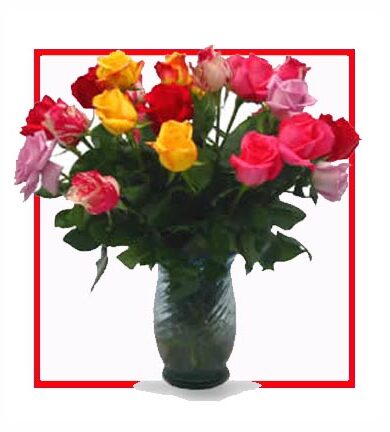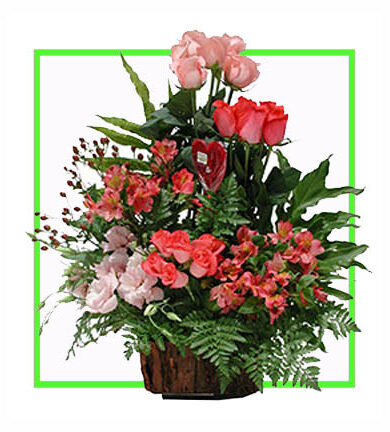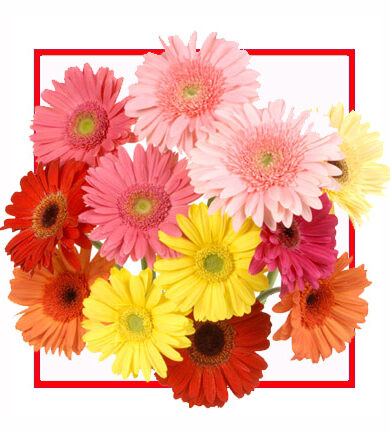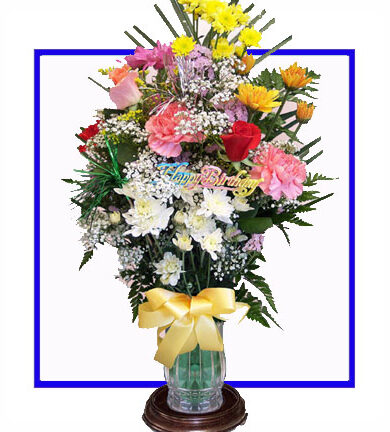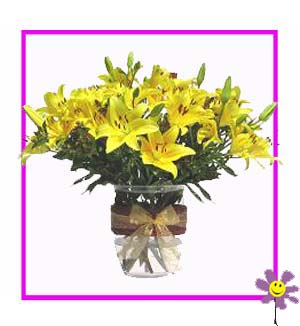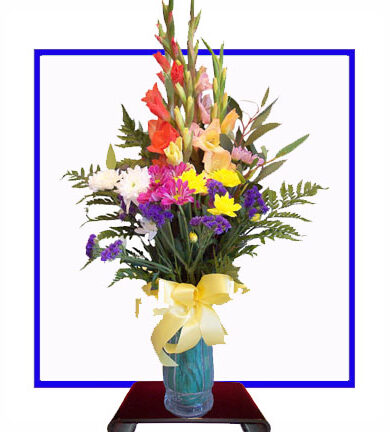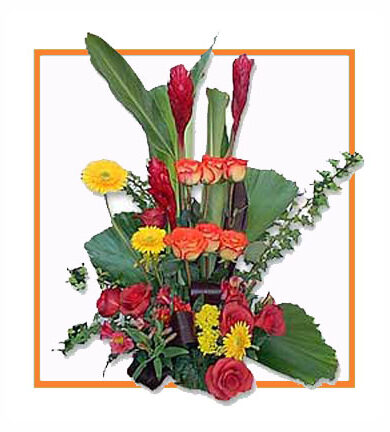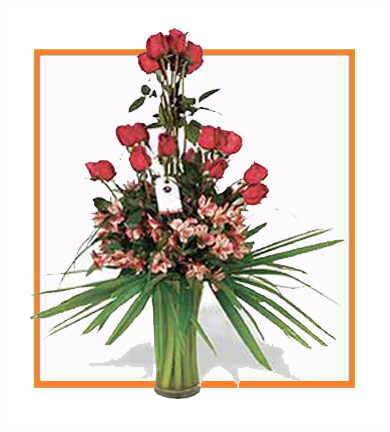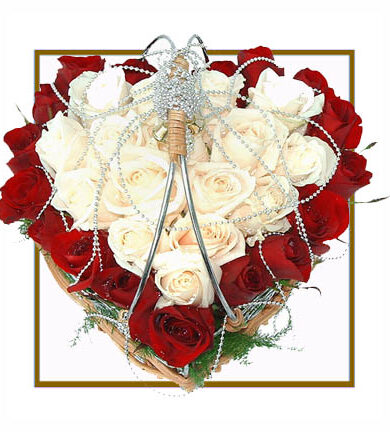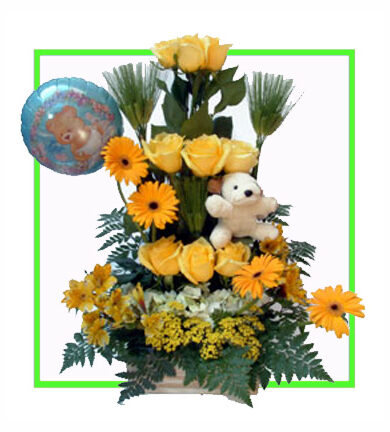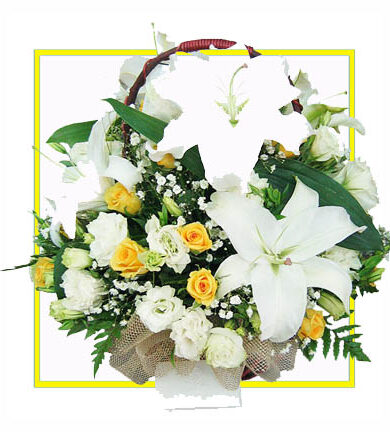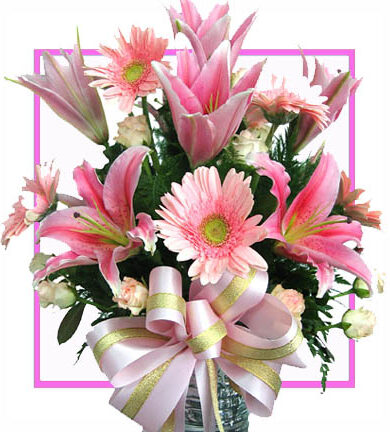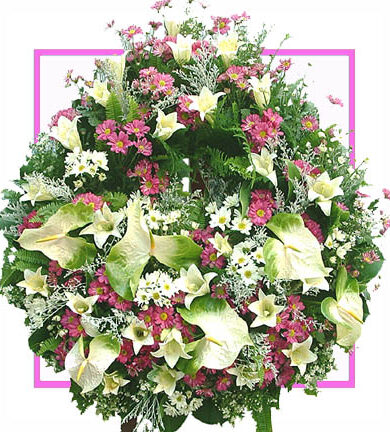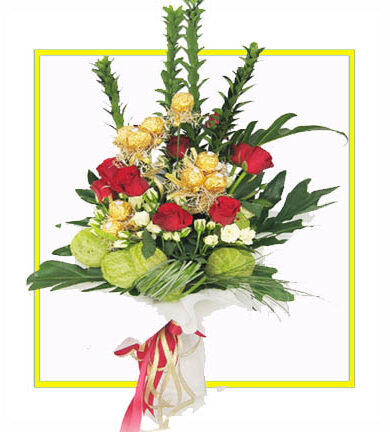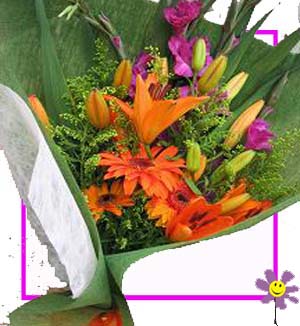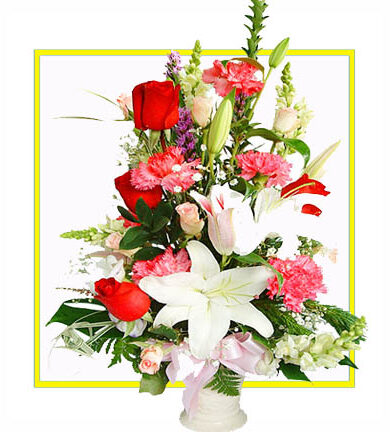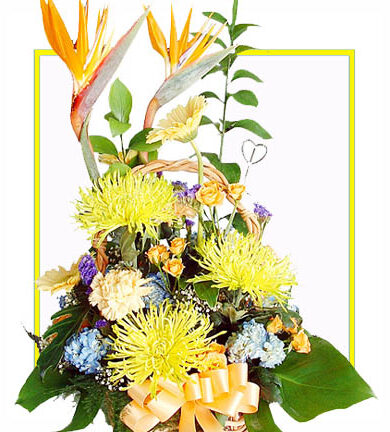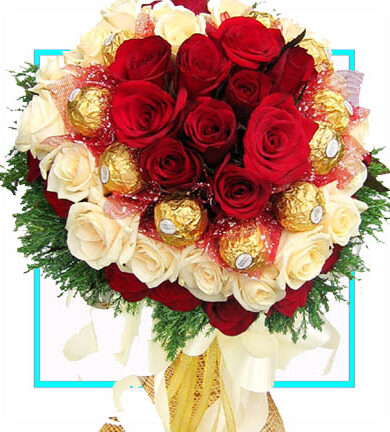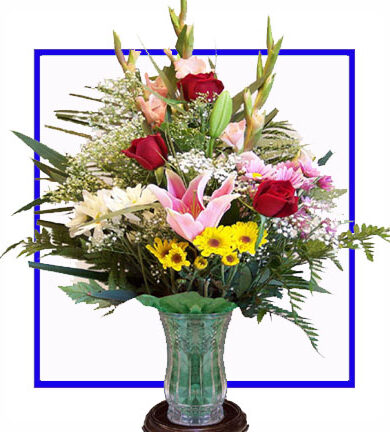Ludhiana is also becoming an IT Hub. There are several advanced IT institutes and Finishing schools that provide professional computer education, offering IT Education and Web Development Services]. Students from nearby districts also come to Ludhiana. One can get education in each & every subject on computer stream in Ludhiana. Mainly Programming in all major languages, Graphic Designing, Web Designing, Hardware & Networking, Animation, Audio Video Editing. Ludhiana has also many examination centre for all major IT certifications like Microsoft, CISCO, Linux and also Visual Basic etc. |
Ludhiana is a kind of hub for trade in north India. Chaura Bazaar and also ghumar mandi is the main market. Ludhiana is regarded as the best city in Punjab for shopping. There are about 20 malls in Ludhiana, the primary ones among them being Silver Arc, MBD and Westend. For the first time, these malls have introduced international brands, including many premium and a few luxury brands. The likes of Mango, Promod and Aldo in Silver Arc, Vero Moda in MBD and Espirit in Westend, to name a few, have made Ludhiana a major retail destination. |
Guru Nanak Dev Engineering College, Bhutta College of Engineering And Technology and Ludhiana College of Engineering & Technology are three main colleges offering quality education in engineering. Guru Nanak Dev Engineering College is a very old and renowned institution offering best available facilities and education for engineering students.Research & development centre for bicycle and sewing machine-www.bsrdindia.com . There are other institutes catering to local and surrounding areas such as Institute of Banking Services (IBS). |
The fall of Sirhind marked the last vestige of Mughal control over the area, and Ludhiana was left in possession of the Rais. The Malaudh Sirdars belonging to the Phulkian stock had already established themselves in the south of Ludhiana in the Jangal villages and the country about Malaudh; and Sudha Singh Gill, an adventurer from Loharu in the Ferozepur district, secured a few villages around Sahnewal. In 1767 Ahmed Shah reached Ludhiana on his last expedition but got no further. |
Ludhiana is well connected with other cities of Punjab and also with other states by Bus service. The transportation services are provided by state owned Punjab Roadways and private bus operators. Moving inside the city, now there are state of the art Tata Marcopolo low floor buses for local travelling inside the city.The Ludhiana City Bus Services Limited(LCBSL) is the company which operates these buses in the City |
Ludhiana is mixture of Urban and Rural race. Ludhiana dist. has great history in agriculture, due to fertile soil no forest is left. Farming, Industry and human occupancy used most of the land. But still Ludhiana holds some beautiful gardens and public places. City is covered bye farming land from each side but inside very parks are still existing for relaxation, walking and picnic. |
Ludhiana is connected by air with Delhi. Air India and Kingfisher fly daily between New Delhi and Ludhiana Airport. The government is looking at purchasing another 500 acres (2.0 km2) of land to construct the new international airport.. Ludhiana’s status as a large industrial hub is cited as a reason for another international airport in Punjab after Amritsar. |
30.9°N 75.85°E. It has an average elevation of 244 metres (798 ft). Ludhiana City, to its residents, consists of the Old City and the New City (or the residential and official quarters of the Colonial British encampment, traditionally known as Civil Lines; this is as opposed to the Army Lines, which are no longer extant as the British Cantonment was abandoned in 1845). |
Thinking to take advantage of this power struggle, Nadir Shah invaded and crossed the Sutlej at Ludhiana, which was then on its banks, and marched through the district along what is now the Grand Trunk Road. Nadir Shah is said to have ordered a general massacre of the inhabitants of Ludhiana on the account of some petty fault, but it seems doubtful that he did. |
The Old Fort was situated at the banks of the Sutlej (and now houses The College of Textile Engineering) and legend has it that an underground tunnel connects it to the Fort in Phillaur – although why this should be is debatable, as the Sutlej was the traditional dividing line between the two principalities, often occupied by enemy forces (see History section) |
Ludhiana also has one law school, The University Institute of Laws. Ludhiana is also home to some of the region’s best medical institutions like the Christian Medical College Ludhiana, Dayanand Medical College & Hospital. DMCH with a dedicated ancillary for cardiology is counted among the best hospitals in the region along with the more famous Apollo Hospital. |
By 1809 Ranjit Singh was completing his third expedition and was again on the west bank of the Sutlej ready to attack Ludhiana. Fearing further expansion that was coming closer to their sphere of interest, the East India Company occupied the Cis-Sutlej states east of the Sutlej. The Company sent Colonel David Ochterlony with a force to occupy Ludhiana. |
This translation from Urdu of a passage of Gulam Sarvar Lahauri’s (alias Bute Shah) Tari??-i ma??zan-i Panjab (History of the Punjab), written in the mid-19th century, is given in the Gazetteer for the Ludhiana District 1888-89: It was originally known as Lodi-Ana (The Lodi’s Place) during the Lodi Dynasty under which the city was created. |
By the end of 1809, The Treaty with the Rajah of Lahore was signed in which the Rajah agreed to remain north and west of the Sutlej. British troops were permanently stationed in Ludhiana, and they established a cantonment to further consolidate their occupation. Compensation was paid by the British to the Raja of Jind. |
Ludhiana also has a very sound primary education system with a couple of notable primary and government schools imparting quality education. Ludhiana also takes pride of having the Punjab University Extension Library which has a huge collection of Books, Periodicals, Journals and Newspapers for the enthusiasts. |
Besides industry, Ludhiana is a major agri-products producer. It is a big centre for dairy product packaging. Ludhiana is also a major trading hub for commodities for North India. It is a major consumer shopping centre with consumers coming from around parts of Punjab to do their big-ticket shopping. |
Having recently consolidated the new Sikh Empire, Maharaja Ranjit Singh crossed the Sutlej in 1806 in his first expedition against the Cis-Sutlej states and stripped the Rais of all their possessions, including Ludhiana. The city was occupied but not immediately annexed to the Lahore state. |
Gulmohars and Jacarandas were planted by the British along the avenues of Civil Lines, as were other flowering trees, while the Old City contains almost no vegetation or parks, except for a few isolated pipal trees, holy to the Hindus, as it is supposed to be the abode of Lord Shiva. |
The government has signed a Memorandum of Understanding with Delhi for construction of a Ludhiana Metro. This light transit system will serve about 25 years to Ludhiana. There will be two corridors in Ludhiana Metro.The project is expected to begin in 2015 |
The condition of the country during the latter part of the 18th century was one of considerable prosperity. The rule of the Rais is still spoken of as being very mild; and it is said that they fixed only one-fourth of the produce as their due. |
Ludhiana is home to the largest agricultural university in Asia, Punjab Agricultural University. The College of Veterinary Sciences at PAU had been recently upgraded to the Guru Angad Dev Veterinary and Animal Science University (GADVASU). |
As of 2001 India census, Ludhiana City had a population of 30,32,831. Males population was 16,62,716 and female population was 13,70,115. Ludhiana had an average literacy rate of 70.5%, sex ratio of 824 and density of population was 805. |
Ludhiana is located 100 km west from state capital Chandigarh on NH 95 and is centrally located on National Highway 1 from Indian capital New Delhi to Amritsar, and is well connected to New Delhi by road, frequent train service and by air. |
Ludhiana two Homeopathic Medical Colleges, Lord Mahavira HMC and H and the other one Sri Guru Nanak Dev HMC and H. Both colleges produce Bachelors in Homeopathic medicine. It has one physiotherapy college, All Saints Medical College. |
Every Sunday morning, cricket matches are played in most parks and grounds. Football is another game but not passionate like West Bengal or Goa. Due to lack of interest Punjab’s most famous football club JCT FC was dissolved in 2011. |
Ludhiana is also having Chamber of Industrial and Commercial Undertakings (CICU) which is a non government, not-for-profit, industry lead and industry managed organization playing a proactive role in Punjab’s developmental process. |
The Lodi dynasty lost control of the throne of Delhi in 1526. The Mughals established a strong government at Sirhind, which itself was a sarkar (division) of the Delhi subah (province) and attached Ludhiana as a mahal or parganah. |
The British cantonment was abandoned in 1854. During the Indian Rebellion of 1857 Deputy-Commissioner Ricketts crushed a rebellion in Ludhiana with the assistance of the chiefs of Nabha and Maler Kotla. |
The tree of largest natural extraction was the kikar, or Acacia indica but has been supplanted by the Eucalyptus, transplanted from rural Australia in the late 1960s by the government of Chief Minister Pratap Singh Kairon. |
Kila Raipur Sports Festival, popularly known as Rural Olympics, is held annually in Kila Raipur (near Ludhiana), in Punjab, India. Competition is held for major Punjabi rural sports, include cart-race, rope pulling. |
Guru Nanak Stadium is known for the Kabaddi matches along with athletic games. Ludhiana has great passion for the Punjabi game Kabaddi. Two-time Kabaddi world cup’s finals are played in Guru Nanak Stadium Ludhiana. |
Although Zain Khan was appointed by Ahmad Shah as governor of Sirhind in 1761, he was defeated and slain in 1763 by huger armies of Sikhs. They took possession of Sirhind, which they leveled with the ground. |
Cycle rickshaws are widely used in Ludhiana.The Rickshaw or a tricycle is pulled by a person and is relatively cheap way of traveling, but have gotten pricey after the autos were being scrapped. |
In 1835, the Jind family, who technically still ruled Ludhiana, were left without any heirs. By the British doctrine of lapse, Ludhiana came under official control of the East India Company. |
As per provisional data of 2011 census Ludhiana had a population of 34,87,882, of which male and female were 1,866,203 and 1,621,679 respectively. The literacy rate was 82.50 per cent. |
Auto Rickshaw is a three-wheeler drive, which is way to travel in city. These Auto Rickshaws has capacity of three to six passengers. It can be hired individually or on sharing basis. |
Gurudwara Sri Dukhniwaran Sahib, Clock Tower, Gurudwara Shri Manji Sahib Alamgir, Lodhi Fort, Maharaja Ranjit Singh War Museum, Shri Krishna Mandir and Guru Nanak Dev Bhavan, |
Ludhiana is known for Manufacturing Agricultural Implements and its Spare parts like Rotavator, Till Seed Drill, Combine Harvestors and doing continuous R&D in same sector. |
Gulli Danda is a traditional game of the Ludhiana villages and part of Punjabi culture but is no longer as popular. It is played in rural or orthodox parts of the state |
Moving inside the city is done mostly by mini-buses, auto-rickshaws, and pedal rickshaws, loosely licensed by the Municipal Corporation. |
In 1741, Ala Singh defeated Rai Kalha III and chased him out of the country, but he soon recovered the territory. |
Radio taxis are also available quite easily. It is also quite used means of transport by the people of Ludhiana. |
Punjab Agricultural University’s cricket ground is used for many Ranji Trophy matches for Punjab State Team. |
The land dips steeply to the North and the West, where prior to 1785 the river Sutlej used to run. |
The World Bank ranked Ludhiana as the city in India with the best business environment in 2009. |
Following the First Afghan War, Ludhiana became the residence of the exiled family of Shah Shuja. |
Perfect flowers to express your emotionsShop Now


